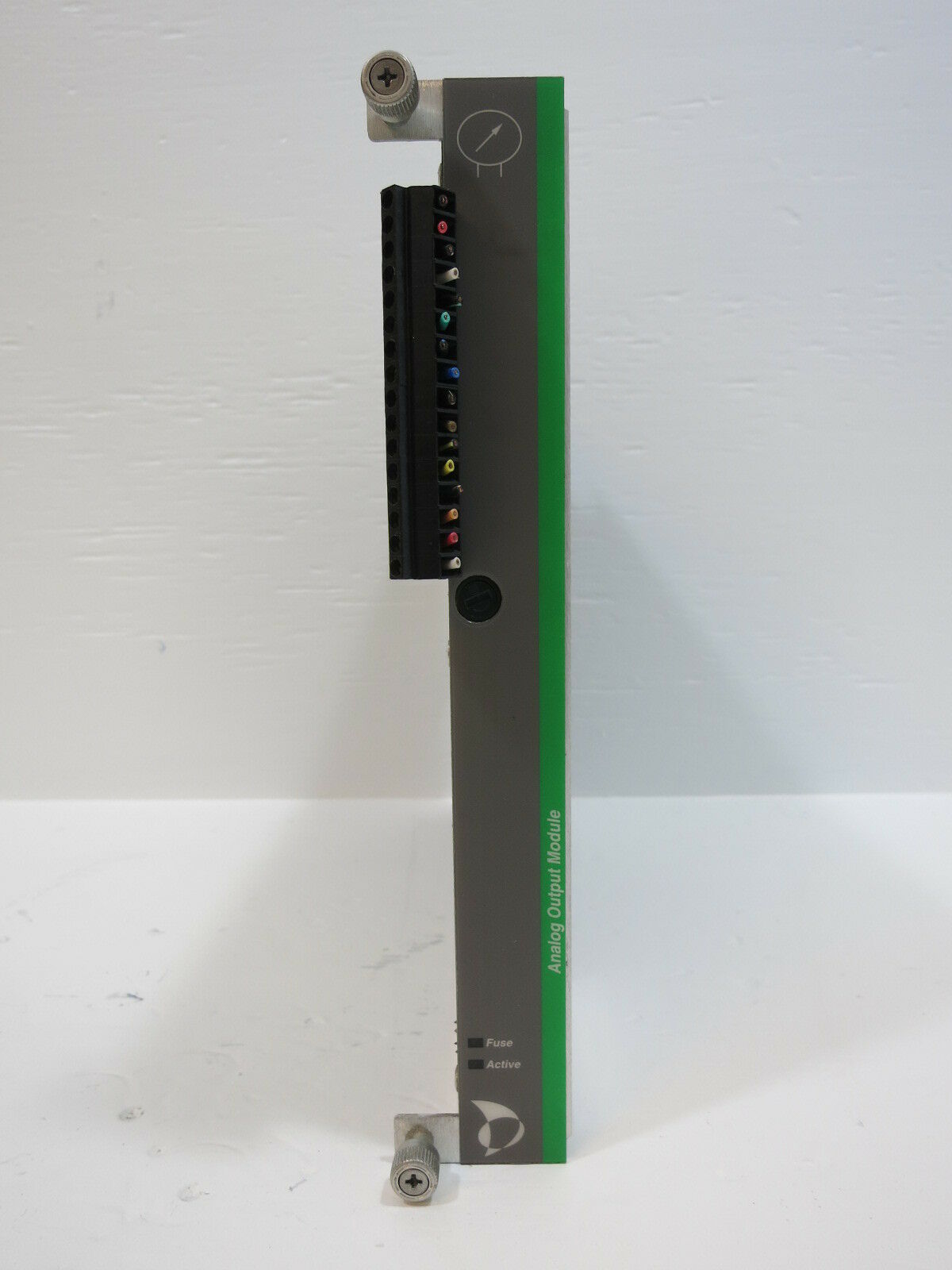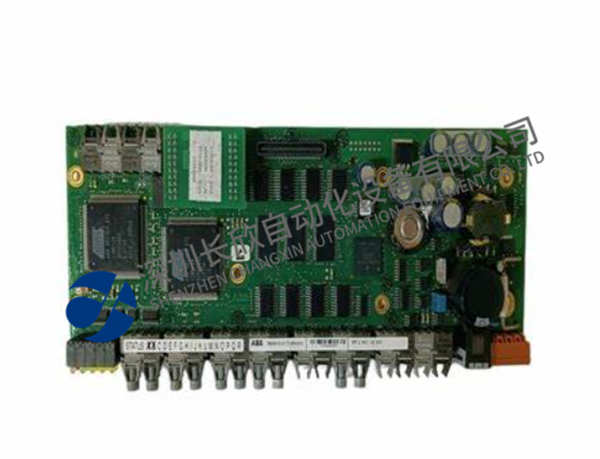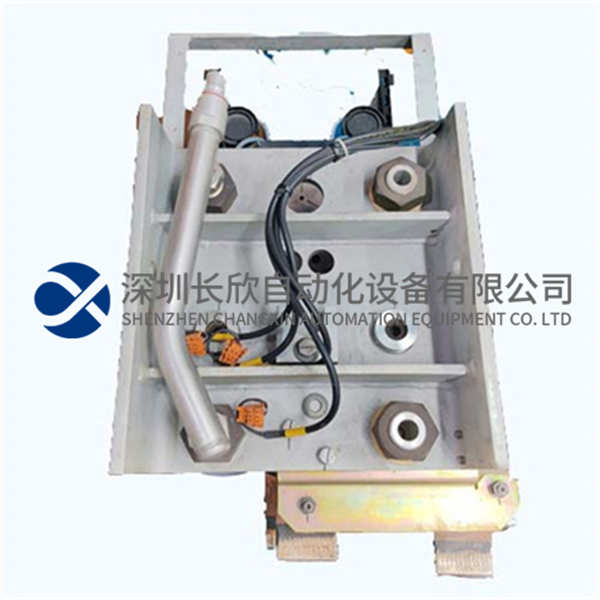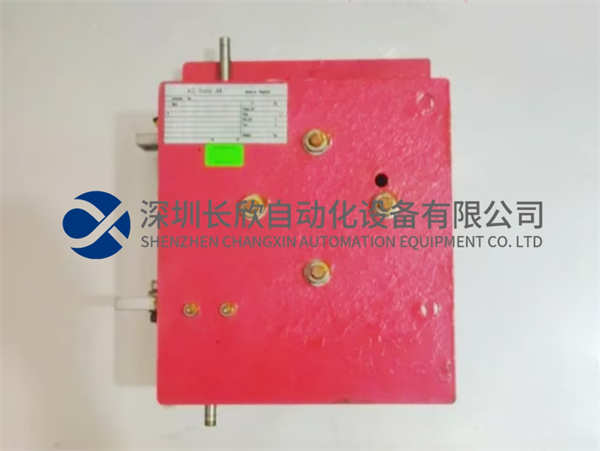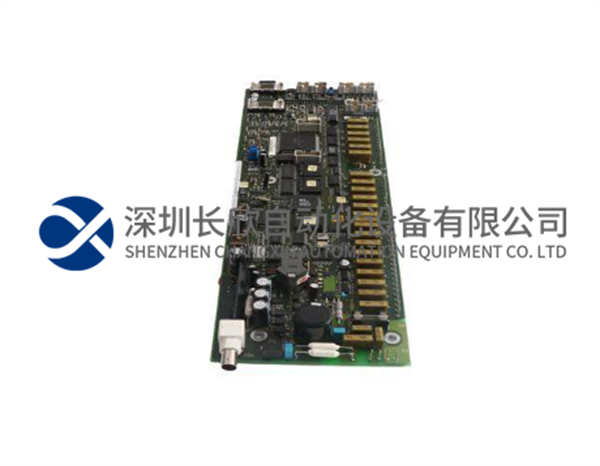描述
Valmet Met-818160产品概述
Valmet Met-818160是一款智能分布式过程控制系统,作为Valmet DNA数字化平台的核心组件,专为大型工业流程的集中监测与优化控制设计。该产品基于先进的DCS(Distributed Control System)架构,融合实时数据采集、多变量控制算法与智能诊断功能,对生产线的温度、压力、流量等关键参数进行全局调控。核心功能涵盖过程监控、动态优化、故障预警与能源管理,适用于需要高可靠性与协同控制的大型自动化场景。Valmet Met-818160定位为“工业流程的智能控制中枢”,通过跨设备的数据整合与精准调控,提升系统整体效率、降低能耗,并为预防性维护提供决策支持,助力企业实现数字化生产转型与可持续运营。
主要特点和优势
Valmet Met-818160的技术特性与竞争优势体现在以下维度:
1.分布式架构与全局控制
采用分布式控制架构,支持多达1000个I/O点的实时监测与调控。通过OPC UA(Open Platform Communications Unified Architecture)协议,无缝集成不同厂商设备,实现跨系统的数据共享与协同控制。
2.多变量预测控制(MPC)算法
内置先进过程控制(APC)模块,结合模型预测控制(MPC)算法,实时优化多变量交互影响(如温度-压力耦合),将工艺参数稳定在最佳设定点。支持自定义控制逻辑与PID(Proportional-Integral-Derivative)参数调节。
3.实时故障诊断与预警
通过AI驱动的故障诊断引擎,实时分析传感器数据与历史趋势,提前识别设备异常(如泵堵塞、阀门卡滞)。内置故障树分析(Fault Tree Analysis)功能,定位潜在问题根源,减少非计划停机时间。
4.能源效率优化与碳排放管理
集成能源管理模块(Energy Management System),实时计算设备能效比,识别高耗能环节。支持碳排放建模,通过工艺参数调整降低CO₂排放,符合ESG(Environmental,Social and Governance)标准。
5.高可靠性与冗余设计
控制器采用双重冗余配置(Dual Redundancy),支持热备切换,确保系统连续运行。通信网络具备自愈功能,单点故障不影响全局控制。
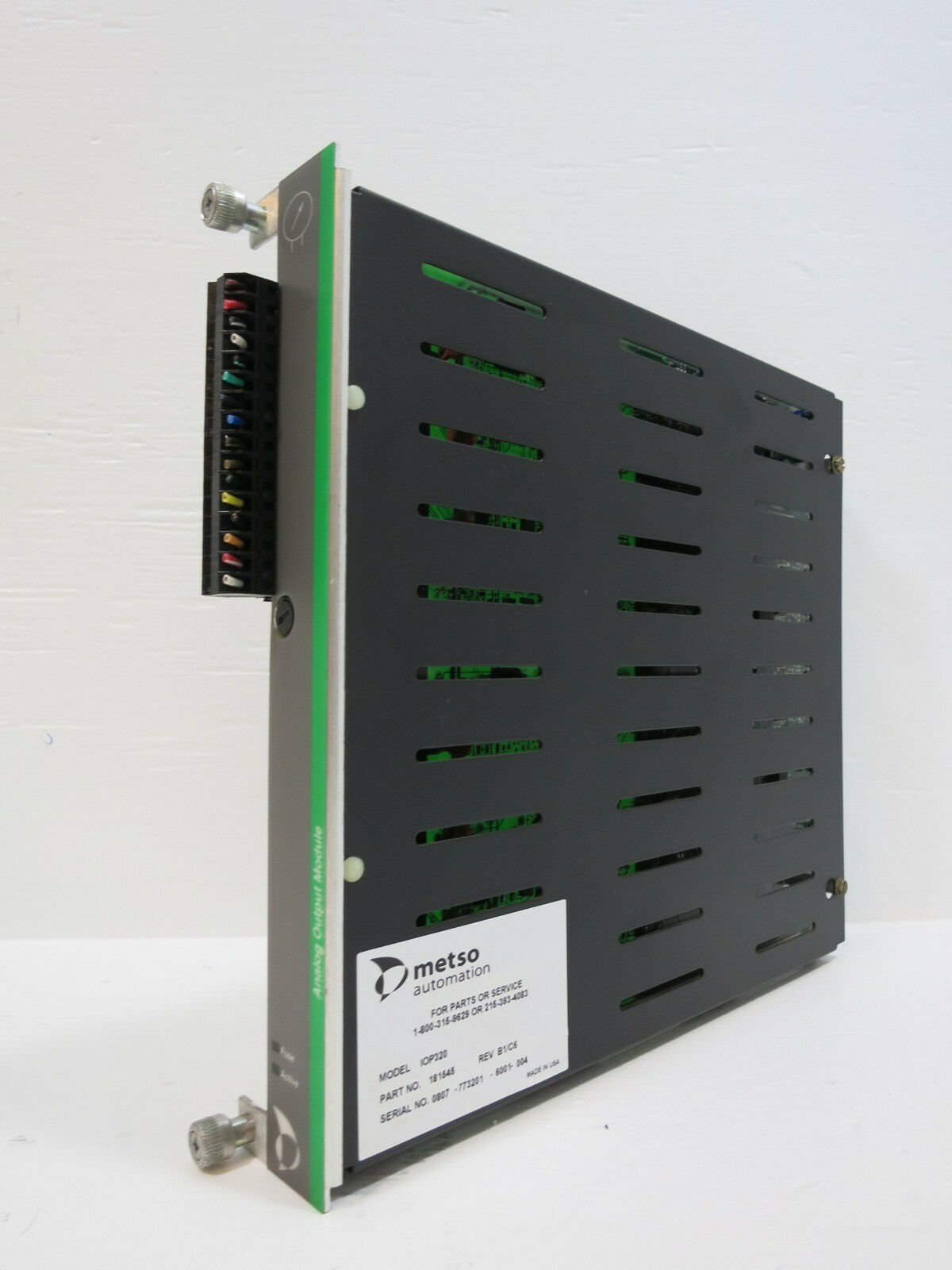
Valmet Met-818160 Product Overview
Valmet Met-818160 is an intelligent distributed process control system.As the core component of the Valmet DNA digital platform,it is specially designed for centralized monitoring and optimization control of large-scale industrial processes.This product is based on the advanced DCS(Distributed Control System)architecture,integrating real-time data acquisition,multivariate control algorithms and intelligent diagnostic functions to conduct global control of key parameters such as temperature,pressure,and flow of the production line.The core functions cover process monitoring,dynamic optimization,fault warning and energy management,and are suitable for large-scale automation scenarios that require high reliability and coordinated control.Valmet Met-818160 is positioned as the”intelligent control center of industrial processes”.Through cross-device data integration and precise regulation,it improves the overall efficiency of the system,reduces energy consumption,and provides decision-making support for preventive maintenance,helping enterprises achieve digital production transformation and sustainable operations.
Main features and advantages
The technical characteristics and competitive advantages of Valmet Met-818160 are reflected in the following dimensions:
1.Distributed architecture and global control
It adopts a distributed control architecture,which supports real-time monitoring and regulation of up to 1,000 I/O points.Through the OPC UA(Open Platform Communications Unified Architecture)protocol,seamlessly integrates equipment from different manufacturers to realize cross-system data sharing and collaborative control.
2.Multivariate Predictive Control(MPC)Algorithm
The built-in advanced process control(APC)module is combined with model predictive control(MPC)algorithm to optimize multivariate interaction influences(such as temperature-pressure coupling)in real time to stabilize process parameters at the optimal set point.Supports custom control logic and PID(Proportional-Integral-Derivative)parameter adjustment.
3.Real-time fault diagnosis and early warning
Through the AI-driven fault diagnosis engine,sensor data and historical trends can be analyzed in real time,and equipment abnormalities(such as pump blockage and valve jamming)are identified in advance.Built-in Fault Tree Analysis feature to locate potential problems and reduce unplanned downtime.
4.Energy efficiency optimization and carbon emission management
Integrated energy management module(Energy Management System),real-time computing device energy efficiency ratio,identifying high-energy-consuming links.Supports carbon emission modeling,reduces CO₂emissions through process parameter adjustment,and complies with ESG(Environmental,Social and Governance)standards.
5.High reliability and redundant design
The controller adopts a dual redundancy configuration(Dual Redundancy)to support hot standby switching to ensure continuous operation of the system.The communication network has a self-healing function,and a single point of failure does not affect global control.

